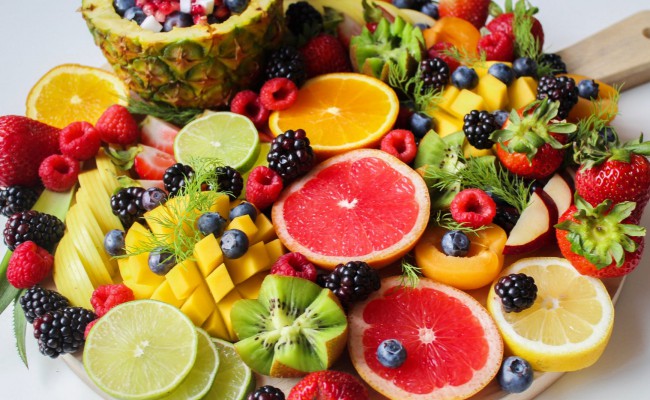Shakes vs juices: the pros and cons of both

10 July 2019
Regardless of how into fitness you are, you’ve probably heard all about the so-called benefits of shake and juice diets. You almost certainly will also have been inundated with ads telling you why you should climb onboard the detox hype today. The difference between shakes and juices varies to some degree, and most of these differences are down to ingredients and methods used for preparation. Both shakes and juices come with their own positives and negatives and even share one or two.
Regardless of how into fitness you are, you’ve probably heard all about the so-called benefits of shake and juice diets. You almost certainly will also have been inundated with ads telling you why you should climb onboard the detox hype today.
The difference between shakes and juices varies to some degree, and most of these differences are down to ingredients and methods used for preparation. Both shakes and juices come with their own positives and negatives and even share one or two.
The pros
There is little to no preparation when it comes to both shakes and juices, and certainly no cooking, making them quick meal replacements. This is ideal for people who live a busy lifestyle and are looking to live healthier but have little time to do so.
Shakes and juices are very handy for getting a ton of nutrients and a controlled amount of calories with no real effort. They are also ideal for athletes or people looking to bulk up, as they save you having to fork out for or prepare another meal.
Staying mindful of the amount of calories you consume can prove difficult – and especially so if you don’t have time to weigh out ingredients or you eat out a lot. Shakes and juices can make it easier to track calories.
Shakes also provide a good way to get more Omega-3. Juices contain lots of fruit and vegetables, both of which are high in vitamins and minerals; therefore, drinking juices could introduce extra nutrients into the body to boost overall health.
The cons
Lines between a meal replacement and a nutritious snack may have become a little blurred. A calorie deficit is fundamental for weight loss, but by no means does it follow that you must eat as little as possible. Many companies market their shakes and juices as 100-calorie meal replacements. A 100-calorie meal simply isn’t a meal and should not be considered as one.
There are lots of different diets; the Atkins is low-carb, the ketogenic is high-fat, the Paleo is high-protein, and each individual has their own macronutrient preference and their desired calorie intake. Hence, it’s hard for companies to find a balance with their own products, and protein is often the substitute. Inadequate protein intake can cause muscle cramping, weakness, and soreness.
If you’re struggling with the fitness aspect of training as well as the nutritional aspect, you may wish to consider a juice retreat in Portugal, given the country’s warm climate. A juice retreat will properly inform you of how to manage a juice diet and ensure you are getting adequate nutrition while also exercising to a controlled degree.
Consuming an insufficient number of calories on a juice or shake diet can cause you to experience symptoms relating to low blood sugar, as the body does not have enough energy. Such symptoms may include hunger, headaches, fainting, weakness and dehydration. Therefore, you are recommended to follow a juice diet in a controlled environment, such as on a retreat, rather than go solo.











